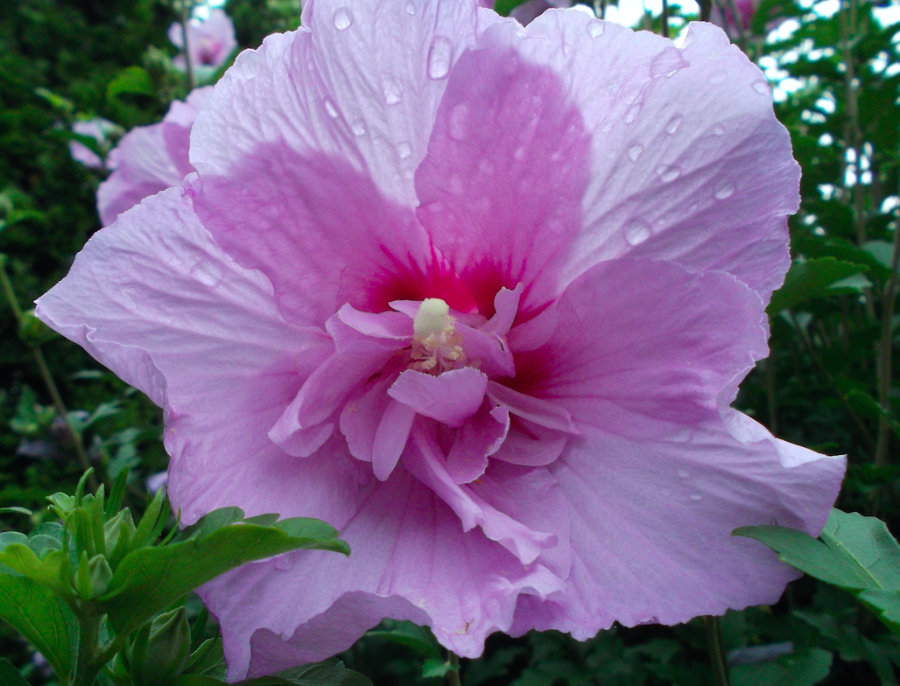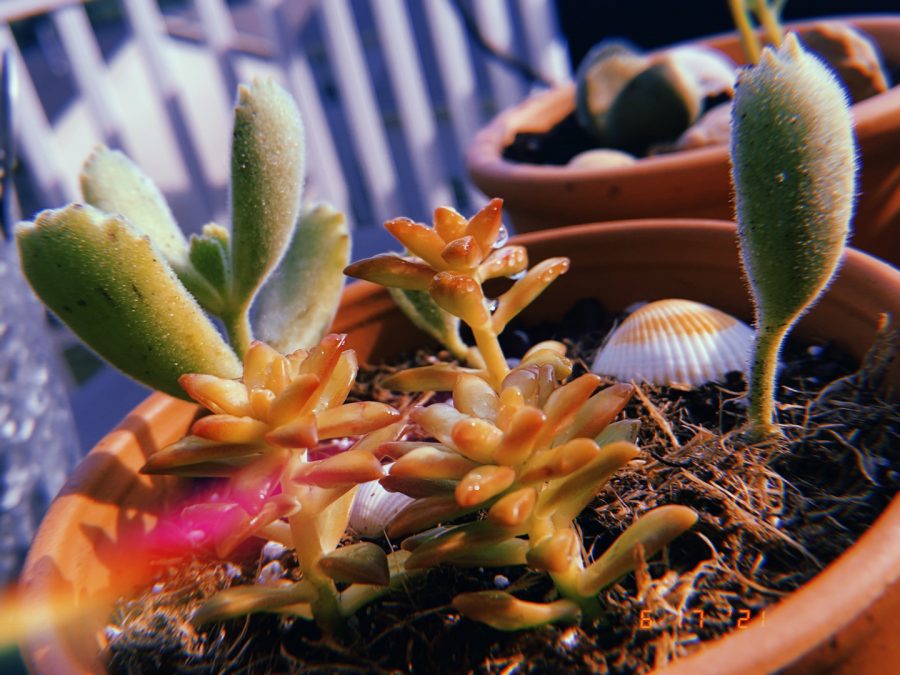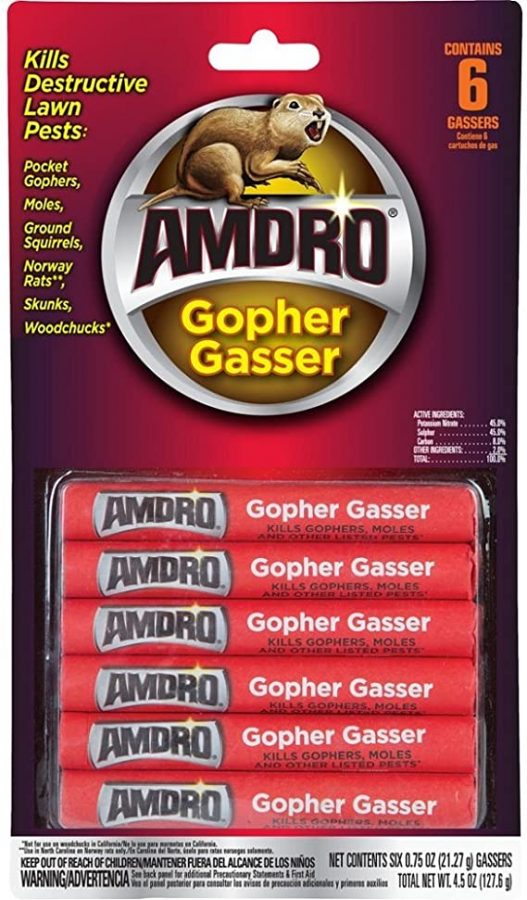Crabgrass is one of the most hated weeds around because it’s such a troublemaker.
A single weed can produce more than 150,000 seeds that can spread more crabgrass around your lawn, as well as to your neighbors’ lawns, according to several university extension services.
Seeds germinate in the early spring once the soil temperature reaches about 60 degrees.
Crabgrass can spread several different ways:
The wind can spread seeds.
Your lawn mower can kick up seeds when you cut crabgrass.
Birds and other animals can carry crabgrass seeds as they move through your yard.
Crabgrass chokes out the good grass.
Clumps can grow together. You’ll end up with a big hole in your yard if you try pulling it out.
Attack the problem early
It’s easier to attack a crabgrass problem early. One company offers two types of crabgrass-killing products. One type kills more than 200 broadleaf weeds plus grassy weeds such as crabgrass.
If you have large crabgrass, go for a specialized solution — this type kills even large crabgrass, on certain types of lawns, right to the root.
Always read and follow label directions.
You also can do a number of things to help prevent crabgrass:
Set your mower’s wheel height to the type of grass you have — a lush, thick lawn is more resistant to crabgrass.
Fertilize once or twice a year — strong turf chokes out crabgrass.
Deep, infrequent watering — stick a screwdriver eight inches into the soil. If it’s wet, you’ve watered correctly. Consult your local water department for lawn-watering guidelines.
Crabgrass seeds can remain dormant in your lawn for years, so never let a problem get out of hand. If you see crabgrass, go ahead and treat it. It’ll save you time and money in the future.



















